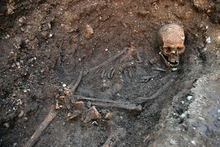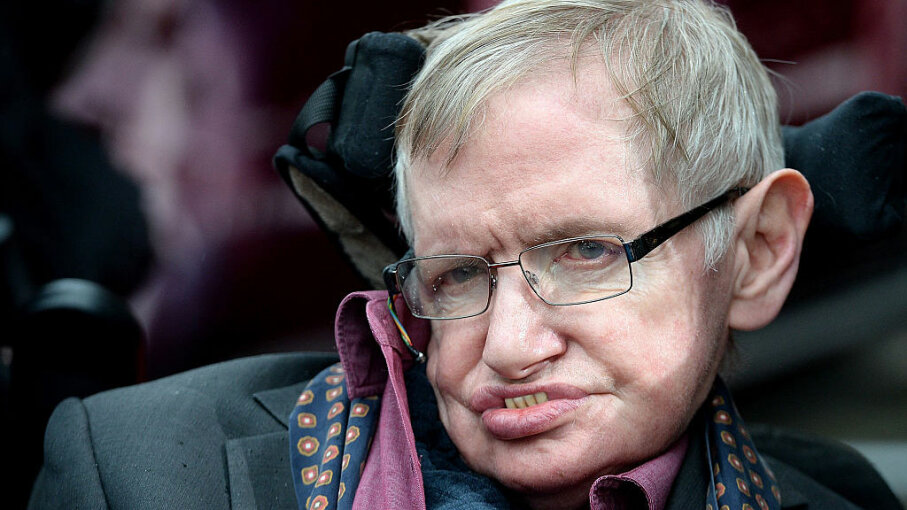A Brief History
Richard was the younger and only surviving son of Edward, the Black Prince, and his wife, Joan of Kent.Because his father died prematurely in 1376, Richard succeeded his grandfather Edward III as king in June 1377. The king’s early years were overshadowed by the Hundred Years’ War, a prolonged struggle with France.The heavy cost of the war led to the introduction in 1377 of a. Richard of Shrewsbury, Duke of York KG (17 August 1473 – c. 1483), was the sixth child and second son of King Edward IV of England and Elizabeth Woodville, born in Shrewsbury. Richard and his older brother, who briefly reigned as King Edward V of England, mysteriously disappeared shortly after Richard III became king in 1483.
On August 22, 1485, King Richard III of England died from wounds received in the Battle of Bosworth Field, the last English King to die in battle. Long ago, kings and other nobility would lead their men in battle, but for the past few hundred years the trend has been for the rich and powerful to send other people into battle. Perhaps if our leaders were forced to actually lead they would consider war a bit more carefully!
Digging Deeper

Richard III was the last of the Plantagenet dynasty kings, a clan originally from France that included the Yorks and Lancasters among their 4 houses. The Plantagenets held the English throne from 1154 to 1485, when Henry VII, House of Lancaster, defeated and killed Richard III of the House of York. The Battle of Bosworth Field was the ultimate battle of the Wars of the Roses between the Houses of Lancaster and York, a series of power grabbing struggles often portrayed on the stage and on film. (Richard III, a play by William Shakespeare, and the Starz cable television series, The White Queen, are fine examples. Some of the drama in HBO’s The Game of Thrones is loosely based on the Wars of the Roses and the characters involved.)
About 2 years after the Battle of Bosworth Field, a final effort by a York pretender to the throne threatened King Henry VII, who by this time had established the House of Tudor by uniting the Houses of Lancaster and York by marriage (to Elizabeth of York) resulted in the Battle of Stoke Field. The Pretender, Lambert Simnel, pretending to be Edward, a claimant to the York throne, was defeated in a major battle with a few thousand casualties on each side, making the Battle of Stoke Field a larger battle than that at Bosworth Field, though with a much smaller literary imprint on history. Simnel was captured by Henry VII, but pardoned as merely being a dupe for the Yorkists. Most of the prominent remaining Yorkists were killed either at Bosworth or Stoke.

Richard III had named his nephew, Lincoln, as his heir, and Lincoln had encouraged the Yorkist insurrection leading to the Battle of Stoke Field. Lincoln, John de la Pole, the 1st Earl of Lincoln, was killed at Stoke, depriving Henry VII the opportunity to torture him into revealing the extent of the Yorkist conspiracy.
At Bosworth, before being mortally wounded, Richard III allegedly yelled, “Treason!” referring to his abandonment by some of his closest cohorts. The York Royal Army had reportedly outnumbered the Lancasters of Henry VII, but had been bested through the alleged treachery of some of Richard’s supposed supporters. As Richard III lie wounded and dying, he (according to Shakespeare) cried out, “A horse! A horse! My Kingdom for a horse!” as his steed had been mired in mud. Struck a blow on the head with a halberd (type of battle axe), Richard suffered that serious head wound and 10 others, as evidenced by examination of his remains that were discovered in 2012.
Richard III had been hurriedly buried at Grayfriars Church in Leicester after the Battle of Bosworth Field, and Henry VII supposedly paid for a monument to be placed on his grave. When Henry VIII disbanded and razed many monasteries, it was legend that Richard III had been dug up and tossed in a river. A 2012 investigation revealed the body of Richard III to still be buried where expected, and he was disinterred for study, and then reburied at Leicester Cathedral in a tomb befitting a King.

Starting with King Henry VII, the Tudor Era lasted from 1485 until 1603 when upon the death of Queen Elizabeth I, James I, formerly James VI of Scotland, a Stuart, became King of England. James I ruled for 22 years, an era called the Jacobean Era. Stuarts remained on the throne until 1714 when replaced by George I of the House of Hanover. (Note: The Throne of England was vacant during the Commonwealth of 1649-1660.)
With the contentious, convoluted, and often bloody history of the thrones and crowns of England and the rest of Europe, it is baffling that anyone could ever believe any of these monarchs were ordained by God to be rulers, especially when so many of them were removed through murder! Question for students (and subscribers): What do you think about the British Monarchy? Should it still exist? Should it be done away with? What good is it? Please share your ideas on this subject in the comments section below this article.
If you liked this article and would like to receive notification of new articles, please feel welcome to subscribe to History and Headlines by liking us on Facebookand becoming one of our patrons!
Your readership is much appreciated!
Historical Evidence
For more information, please see…
Baldwin, David. Richard III. Amberley Publishing, 2012.

The featured images in this article, an 18th-century illustration by Thomas Pennant (1726-1798) of the death of Richard III at the Battle of Bosworth Field and a photograph by Andrewrabbott of a former memorial ledger stone to Richard III in the choir of Leicester Cathedral, since replaced by his stone tomb, are in the public domain in its country of origin and other countries and areas where the copyright term is the author’s life plus 70 years or fewer and licensed under the Creative CommonsAttribution-Share Alike 3.0 Unported license, respectively.
Outside the Houses of Parliament there stands a statue of Richard I seated on his horse as testimony that he was one of England’s bravest and greatest kings …or was he?
King Richard How Did He Die
All English school children learn about this great king who reigned from 1189-1199. He earned the title ‘Coeur-de-Lion’ or ‘Lion Heart’ as he was a brave soldier, a great crusader, and won many battles against Saladin, the leader of the Muslims who were occupying Jerusalem at that time.
But was he really one of the greatest kings of England – or one of the worst?
It appears that he hadn’t much interest in being king …in his ten years as monarch he only spent a few months in England, and it is doubtful that he could actually speak the English language. He once remarked that he would have sold the whole country if he could have found a buyer. Fortunately he couldn’t find anyone with the necessary funds!
Richard was the son of King Henry II and Queen Eleanor of Aquitaine. He spent much of his youth in his mother’s court at Poitiers. During the last years of Henry’s reign, Queen Eleanor constantly plotted against him. Encouraged by their mother, Richard and his brothers campaigned against their father in France. King Henry was defeated in battle and surrendered to Richard, and so on the July 5th 1189, Richard became King of England, Duke of Normandy and Count of Anjou.
After his coronation Richard, having already taken the crusader’s vow, set out to join the Third Crusade to free the Holy Land from Saladin, the leader of the Kurds.
Whilst wintering in Sicily, Richard was met by his mother along with a potential bride to-be…Berengaria of Navarre. He initially resisted the match.
On the way to the Holy Land, part of Richard’s fleet was wrecked off Cyprus. The island’s ruler Isaac I made the mistake of upsetting Richard by badly treating his surviving crews. Richard had landed in Rhodes but immediately sailed back to Cyprus where he defeated and deposed Isaac.
Whether it was the magic of the island, the heightened senses from his victory or something else entirely, it was in Cyprus that Richard relented and married Berengaria of Navarre. An unlikely place perhaps for an English king to get married, nevertheless Berengaria was crowned Queen of England and Cyprus.

Richard continued with the Crusade, landing and taking the city of Acre on 8 June 1191. Whilst reports of his daring deeds and exploits in the Holy Land excited the folks back home and in Rome, in reality he failed to achieve the main objective which was to regain control of Jerusalem.
So in early October, after concluding a three years’ peace deal with Saladin he set off alone on the long journey home. During the journey Richard was shipwrecked in the Adriatic and eventually captured by the Duke of Austria. A heavy ransom was demanded for his release.
Kings apparently do not come cheap, and in England it took a quarter of every man’s income for a whole year to raise the funds for Richard’s release. He eventually returned to England in March 1194.
How Did Richard The Lionheart Die
However he didn’t spend much time in England and spent the rest of his life in France doing what he seemed to enjoy most of all …fighting.
It was while besieging the castle at Chalus in France that he was shot by a crossbow bolt in the shoulder. Gangrene set in and Richard ordered the archer who had shot him, to come to his bedside. The archer’s name was Bertram, and Richard gave him a hundred shillings and set him free.
King Richard died at the age of 41 from this wound. The throne passed to his brother John.
A sad end for the Lion-Heart, and alas, also for poor Bertram the archer. Despite the King’s pardon he was flayed alive and then hanged.
